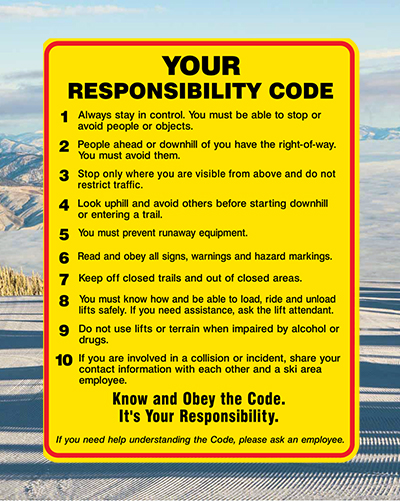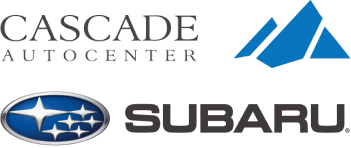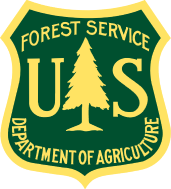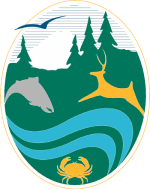Preparing Physically For Your Vacation
Get in shape to ski — do not ski to get in shape. Skiing and riding are exciting, vigorous winter sports. Always make an honest assessment of your physical abilities.
What To Wear
The weather can change radically and rapidly, so plan to bring or buy goggles, sunglasses, sun protection, a hat and clothing that makes it possible for you to dress in layers. Multiple layers of clothing are best because layers can be added and removed in order to better regulate your body temperature. Your base layer should be long underwear, preferably in a wool and polyester blend. The mid layer should be a turtleneck or long sleeve shirt. A fleece pullover or sweatshirt is ideal for the next layer. Outer layers can include a coat and pants and should be water resistant and comfortable. Socks should be a thin wool or poly blend for skiing or snowboarding. Thick socks are too bulky and don’t keep your feet as warm. Gloves or mittens should also be worn. Mittens are generally warmer and are best if you tend to get cold hands. A good hat should cover your ears and stay on your head during physical activity (80% of heat is lost though your head). Don’t forget glasses or goggles, sunscreen and lip balm, which all are important to use at high altitude.
High Altitude Tips
The elevation ranges between 4,570 feet above sea level at the base to 6,820 feet at the summit. If you live at lower elevations you may experience altitude sickness, usually within the first 48 hours of your arrival. Symptoms include headache, nausea, insomnia and loss of appetite. The best prevention is acclimatization. Take it easy your first day here. Increase your fluids and decrease salt, alcohol and caffeine intake. Also, select high-carbohydrate, low-fat foods. Be aware that high elevation can also accentuate existing health problems. If you have a respiratory or vascular illness, consult your physician before your trip. You may ask for help from Mountain Patrol if you find symptoms worsening or persisting.
On The Slopes
- Take a lesson — trained instructors can teach you more quickly and safely than learning on your own or from a friend. It’s also a good way to improve or refresh your skills and become familiar with the mountain.
- Read the loading and lift information boards. If you’re uncertain how to load or unload a certain chairlift, ask the attendant for instructions or help.
- Arrange a meeting place and time in case someone becomes separated from your group; tell someone in your group if you decide to leave the Resort.
- Be “predictable” when skiing or riding; don’t suddenly swerve or stop.
- The sun’s intensity is far greater at higher elevation.
- If you drop anything from a lift into a closed area or onto a run too difficult for your ability, note the number of the nearest lift tower and report it to the top lift attendant. Mountain Patrol can try to retrieve it.
- Go with the flow; pass others cautiously.
- Observe the areas posted as “Slow” and decrease your speed, no matter what your ability level.
- Fast or reckless skiing and riding can result in injury to you or others and perhaps the loss of your lift ticket.
- Check message boards at the bottom and top of the lifts.
- Flips and somersaults off jumps are not recommended.
- Snowmobiles, grooming and snowmaking equipment may be in operation on any run at any time; stay clear.
- It is your responsibility to know which trails are open. Do not enter closed trails by going through the trees.
- Share the slopes. Enjoy a lifetime of winter sports.
In Case Of Injury
Contact Ski Patrol wearing red parkas/jackets with white crosses. They can be contacted through a lift attendant or other area Team Members.
- Do not remove the injured person’s skis or snowboard
- Do not move the injured person unless you are trained to do so
- Cross your own skis uphill from the incident
- Send someone to the nearest lift or open building to report the location, type of injury and description of the injured skier.
The Last Run Of The Day
End the day on a positive note. Stop skiing or riding with the first signs of fatigue. Use caution walking in the buildings and parking lots. Melting and freezing, as well as water accumulation, can cause surfaces to become slippery.





